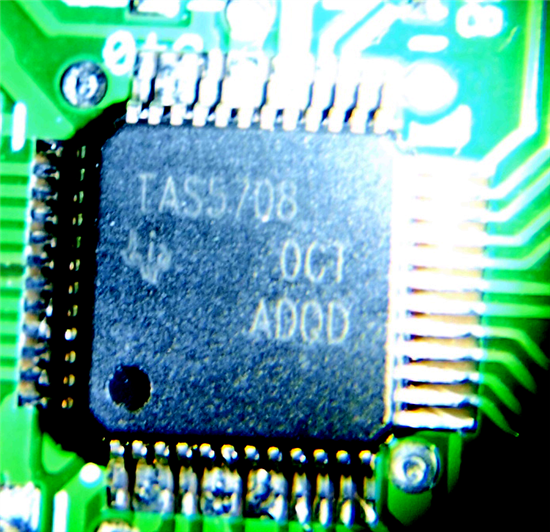Hi,
Recently, we designed an Audio amplifier based on TAS5708. They all work great when they work!
However, sometime they just die. Sometimes they die during power up, sometimes when they are play music, and sometime when just sitting there with NO SIGNAL!
This has happened with all supply voltages 12V, 20V, 24V. Sometimes they die in 5 minutes, and sometime in 30 minutes. The ones that get passed 1 hour tend to live.
In short, I have not been able to narrow down the cause of this failure. BUT the one thing they all have in common is that when this happens, the impedance of the HIZ pin drops from about 90KOhm to around 0.88 kOhm
I'm also suspicious about the authenticity of the chips because they were not assembled by us, and they can be found for cheap on Alibaba. So I'm afraid the company that made the boards for us, might have used chips from unauthorized sellers (contrary to what they tell us). They are a North America company with factories in China.
If any of the above rings a bell or if you have any comments, please let me know. These failures are pretty embarrassing for our company.
I can supply more info (i.e. schematic, layout ) on demand.
Regards,



